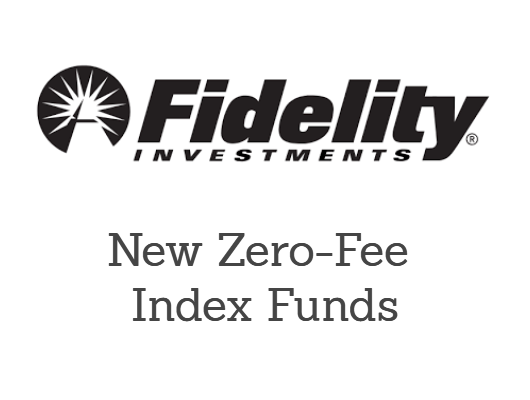One of the big market surprises so far in 2016 is the strong increase in gold prices. Since the start of the year, prices for the “safe haven” have increased with more than 15%. Therefore, the precious metal performed much better than the US stock market, which lost close to 4% this year. Even during the recent rally in shares that recovered a lot of ground of much deeper losses earlier, gold prices remained firm. What’s the story behind this renewed strength in gold? And is it time to go long gold?
Traditional inflation hedge
Investors searching for diversification over asset classes in their portfolio, like gold for its inflationary hedge. In particular investors who are looking for capital preservation are charmed by gold. Although the precious metal has little industrial value (compared to platinum or copper), gold is seen as a store of value. Gold is regarded as some form of currency that can’t be influenced by monetary policy. Currencies are affected by monetary policies that aim to spur or slow-down inflation. In times of high inflation, the value of cash decreases over time, and central banks across the globe have inflation target of at least 2%. So that makes gold an attractive investment if one wants to protect the value of his/her portfolio.
However, in the year 2016 there isn’t a lot of inflation. Although core inflation in the US increases, in the Eurozone it is close to zero percent, for Japan the picture isn’t better. So this can’t explain the strong rally. Historically, gold prices have a strong negative relation with real interest rates (so interest corrected for inflation) for the US. That means, when real interest rates go lower, gold prices rise. With real interest rates moving between 0.0-0.5% for the 10-year US Treasuries, there isn’t an ideal environment for gold rallies. The US Federal Reserve being in ‘data-dependent’ mode, real interest rates will likely remain in this range for the foreseeable future.
Safe haven, risk-off asset
Gold is a “safe haven” for more reasons than only inflation. As mentioned, it is seen as a store of value and is popular for capital preservation. That means, gold is very popular in times of stress, i.e. when markets move into “risk-off”-mode. We mentioned earlier that there’s a risk the stress in the energy sector turns into a full-blown default cycle. This is very negative for stocks and debt instruments, pushing investors towards safer asset classes such as gold. So there’s the explanation for the strong rally in January and the first half of February. However, sentiment turned for the better lately, with a rally in both stocks and (high-yield) debt. Gold only moved slightly lower: the precious metal lost 4% of a 20% rally, compared to a stock rally of 7% after a 10% correction. So either the stock market rally is considered ‘light’ by investors or gold investors have more reasons to be stick to their precious metal.
Demand in gold remains strong
Despite pressure on the reserves of emerging markets, there’s still keen interest in gold from countries such as Russia and China. The Central Bank of Russia bought 20 tonnes of gold in January and currently holds over 1300 tonnes of gold. There’s a lot of pressure on the CBR to support the Ruble, for example by selling reserves. Adding gold to the reserves seems a bit odd. Some analysts say President Putin seeks to show Russia’s power by reducing Dollar dependency (as mentioned, gold is seen as an independent currency) by propping up its gold reserves. The People’s Bank of China is said to have increased its gold reserves as well.
But that’s not the sole reason for interest from China. Also Chinese investors and the Chinese public could have a good reason to go long in gold. The Chinese economy is slowing down and as a result, further depreciation of the Chinese currency, the Renminbi, is likely. Therefore, transferring currency into gold may be a wise decision.
Sluggish growth prevents downside
Being a safe haven, the largest risk for gold is an environment of strong economic growth across the globe with inflation rates remaining modest. As we’ve seen in the past, gold shows a clear underperformance when investors position for growth. Although the US economy shows reasonable growth, it is unlikely that the rest of the world will show similar expansion. China is still in a transition phase and Europe shows a sluggish development. However, when this turns or positive surprises appear, gold may suffer.
Gold isn’t cheap
Gold biggest problem may be its current price. It’s far from cheap, it’s even darn expensive. Compared to other commodities, it is the most expensive relative to a 15-year period. It is 25% above the 15-year average. Against oil, gold even trades at its highest ratio since more than a century, analysts from Deutsche Bank recently warned. This isn’t a huge surprise, since oil dropped significantly. Nevertheless, this may offer interesting long term pair trade opportunities as well. Investors could overweight oil over gold, even if they stay long gold.
Wait for further momentum
The weekly chart for gold shows an interesting picture that urges for some caution before jumping the gold wagon. As showed in the chart below, gold prices are now at the top of a channel within a downtrend. Prices bounced back recently, and a temporarily cooldown is likely. However, once prices break out of the channel, there’s a lot of upside. Until then, patience is advised.



